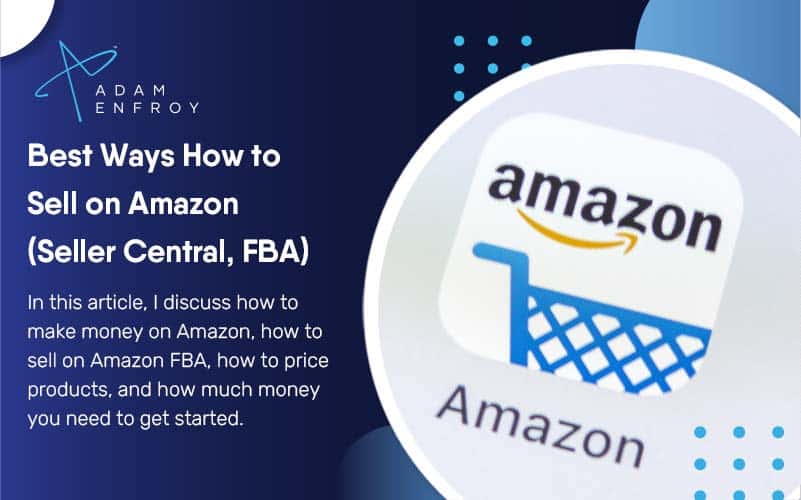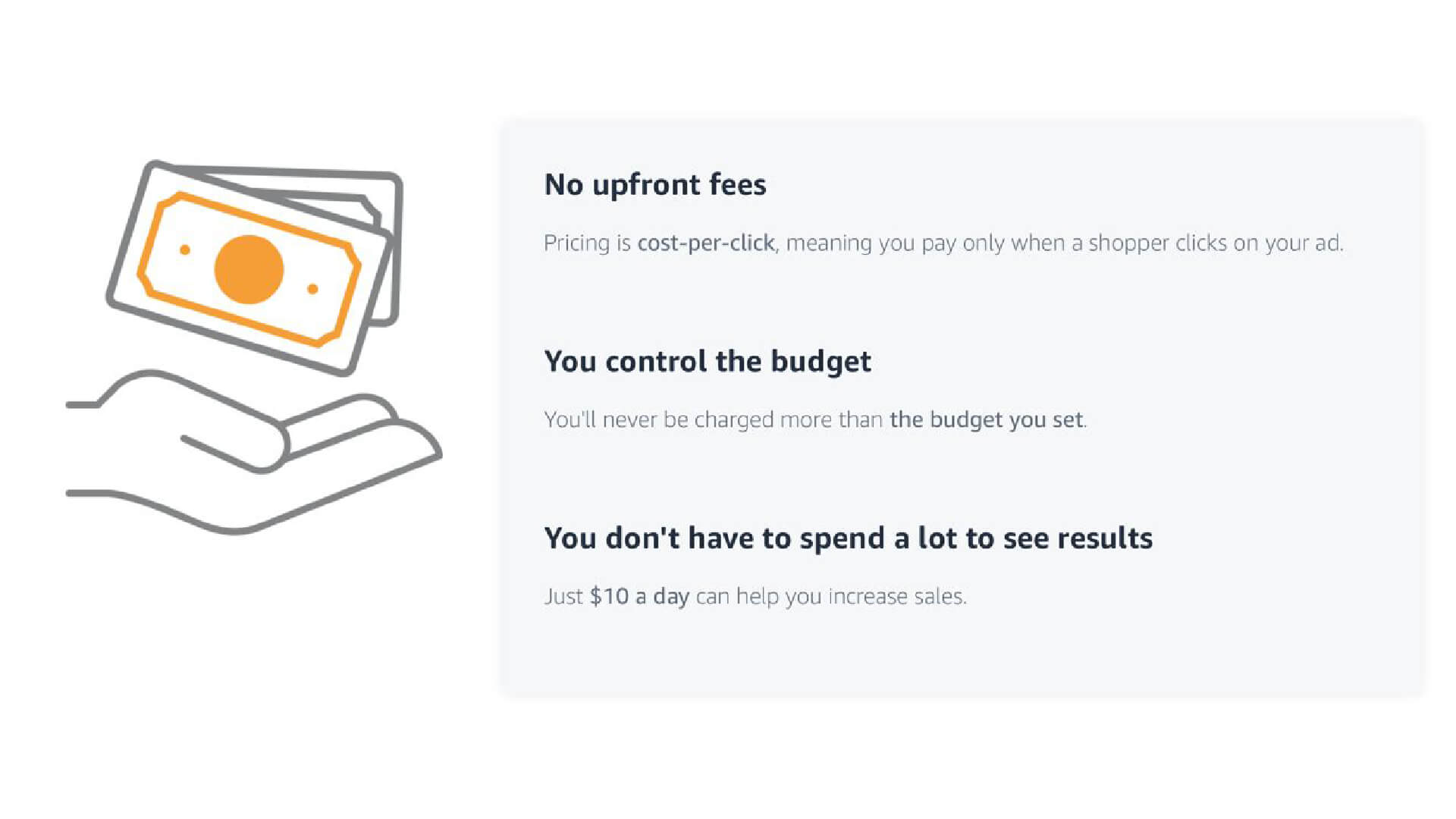
Retail's definition is becoming more fuzzy. It encompasses so many channels and activities that a single definition is hard to find. Merriam-Webster describes retail as an industry that sells, with the private customer as the endpoint, and the manufacturer being the beginning point. Retail, in addition to the many channels, also includes the supply chains that run from a physical store to an internet site. This article will address key terms and trends within retail, along with strategies for success.
Defining retail
There are various ways to define retailing. Retailing has been traditionally defined as a business selling goods to the general population. Today, there is a wide variety of retail formats. All these formats compete on price but there are niche retailers and premium brands as well. There are also specialty shops and mass merchants. These are just a few examples of different types of retailing, and they can be useful in understanding the nature of retailing.
Some sectors of retail are dominated in large global corporations while others are dominated locally-focused companies. Large retailers tend not to be dominant in certain retail sectors, while smaller, more localized companies are gaining market share through innovative products, better customer service, and meeting local demand. Some retailers use kiosks or smaller stores to scale down their operations. Some retailers choose to have a particular store size depending on the city's population. Retail can be defined broadly as both micro and macro environmental factors.
Retailing is a multi-level process. From the producer to the final consumer, products are distributed from one end of the production chain to the next. A retailer is a middle-person responsible for matching the needs of each consumer with the needs of manufacturers. French retaillier means to cut, split, or sell a piece. Retailing has become complex, and it requires extensive knowledge across a range of subjects.
This is an example of the rise in discount stores. In the 1950s in the USA, they entered the retail sector with low status and mark-up. They soon became high-price, high cost retailers. Then competitors began to spot their territory and intrude on it, making them vulnerable to the next innovation. Non-price competitiveness became more popular in the last decline phase. It also had higher gross margins. This indicates that nonprice is less harmful.
Retailing Trends
Retailing is one of today's fastest-growing segments of the global economic system, although it is still in its transition phase. As consumers change their lifestyles, organized retailing is growing in popularity in China and South Asia. Rising disposable income, urbanization and favorable demographic patterns are driving the shift towards organized retailing. Moreover, consumers are increasingly turning to organized retailing for their daily routine needs. India's retail industry is experiencing major changes.
One major factor influencing trends in retailing is the aging population. Around 22 percent Americans will be older than 60 by 2030. This age group is known for its love of high quality goods and outstanding customer service. Retail must adapt to these customers and embrace new technologies in order to stay competitive. How can retailers make consumers happier? Let's discuss three of today's most popular retail trends. Trends in retailing can help brands increase sales and attract younger customers.

Online shopping has changed the retail landscape. With the internet, manufacturers are able to sell directly to consumers. This has made online shopping easier and decreased the need to go to brick-and mortar stores. But, this trend has the potential of undermining one of the main strengths of a retailer. Brick-and -mortar stores are prime locations, but can take years of development. Moreover, a network of strategically located outlets gives major retailers a huge competitive edge.
Multicultural America, another trend that is set to transform retailing, is also on the horizon. By 2025, Hispanic and Asian children born in the 1990s and early 2000s will constitute about 25 percent of the U.S. population, making their presence felt across the country. According to the report, there will be two distinct "shopping regions" as a result of increasing age gaps. The report states that the more conservative "over-50s" will be competing against the more optimistic "under-30s", and "under-30s". These lifestyle differences, shopping preferences and preferences will all have an impact on the retail market over the next decade.
Major players in the industry
Globally, the retail sector is highly competitive and mature in developed nations. Emerging economies like India and Singapore have helped to stimulate the sector. These countries are home to large numbers, which in turn increases the demand for apparel, electronics, fashion, and other products. These countries account for more than two thirds of their GDP. As such, they have become popular shopping destinations in Asia-Pacific. Retail is a lucrative industry that offers start-ups a great opportunity to make a profit.
While organized retail is growing, many consumers are turning to online shopping. Walmart, one of the largest retail chains in Canada, announced that they will close six stores by March 2021. However, they will invest USD 500 million in modernizing their stores. These big players have to decide where to place their focus and develop a strategy for success. To be competitive in this environment, it is important that retailers have a solid retail strategy.
India's retail industry is strongest in the major cities. However, smaller towns are also starting to catch up. Many of these companies target second-grade cities like Pune and Ahmedabad. South India has taken the supermarket idea and has had an impact on other cities. This is why these companies invest so heavily in India. But the future looks bright for India's retail industry.
The Indian retail market is the fifth-largest in the world. The Indian retail market is divided into organized and unorganized sectors. The former is mostly unorganized, while the latter is growing in popularity. India's organized retail market is expected to grow faster that the country's GDP in 2015. This could mean more revenue for this industry. You should look into this career if looking for a retail job.
Here are some ways to open a retail shop

There are many options available to open a retail shop. Before you open a retail store, it is important to understand the rules and regulations. Every state has different laws regarding retail businesses, so you should visit your state's government website to see what you need to do to open your business legally. It is important to understand all details about the retail business type you are interested in.
A point of sale system is the most important tool in any retail store. Online stores should invest in employee scheduling software. Employers will be required to work in brick-and-mortar stores. There are many tools out there to help you manage your employees. One of the most important tools for running a retail business is a point of sale system, but there are many more.
There are many types of retail businesses that require different starting steps. Retail businesses may require large staff while others only require small teams. To open a successful store, you will need to follow 11 steps. These steps are not required to be completed in a certain order. Partnering with a retail professional can help you decide what type of business to start.
FAQ
How can I avoid being conned when shopping online?
You need to be careful when purchasing online. Before you make a purchase online, be sure to read reviews and review the feedback of customers. Don't send sensitive financial information by email. Instead, make use of a secure site such PayPal. You can rest assured that your information will be safe by using this secure site.
Do you have any other tips for buying clothes online?
Before buying clothes online, there's a lot you need to know. First, know your measurements. It may seem obvious, but most companies don't provide this information so you might have to guess.
Remember to be aware of shipping charges. Shipping fees will vary depending on the product you are ordering. You should also know where your package is going. Some items ship directly from the manufacturer while others go through a third party warehouse. Delivery times can be affected by this.
Finally, make sure to read all reviews. There are plenty of bad experiences out there. Don't allow someone else's experience to influence your own.
How can I become a smart online consumer?
Knowing how to make informed decisions is the key to your success. You need to know what you want and why you want it. Then, you can find the best deal.
You need to learn to shop around for the best prices and compare them from different retailers. This way, you'll know where to spend your money.
Look carefully at reviews and ratings when you are looking at products online. They may help you decide whether to buy or not.
There are many ways you can save money on your purchase, including coupon codes and discounts.
Credit card companies can offer financing for expensive purchases. Many offer special deals such as 0% interest for 12 month.
There are many ways to save money on online shopping. These are just a few.
What are the best days for online shopping?
Sunday is the best day to buy clothes online. You have enough time to look through all the stores and choose what you like. Monday is the day you should purchase everything you will need for the coming week. You should shop for last-minute items on Tuesday. Wednesday is the best day to start shopping for Christmas. Thursday is the day you should begin planning for Easter. Friday is the day to start planning for the summer holidays. Saturday is the ideal day to begin preparing for school holidays. And finally, on Sunday, you should finish off any remaining tasks for the week.
Where can I find coupons to shop online?
You have two options to locate coupons for online shopping. 1. Go directly to the site of the company that you want to buy from. 2. Search Google for coupon codes. Both methods work, but some websites may be easier to navigate than others.
Statistics
- Your Online Purchases 79% of Americans purchased goods and services online in 2018, which is expected to exceed 90% in 2023. (meetfabric.com)
- According to the Federal Trade Commission (FTC), online shopping was the fourth most common fraud category for consumers as of February 2022.5 (thebalance.com)
- The tax is automatically added once you click the checkout button, so factor in an additional 20% when looking at the product page. (makeuseof.com)
- A report from the U.S. Census Bureau found that in the first quarter of 2022, an estimated $250 billion was spent on retail e-commerce sales.1 (thebalance.com)
External Links
How To
How to shop online securely
Online shopping can be one of the most convenient and cost-effective ways to purchase goods or services. But this convenience comes with a price. While there are many benefits to buying from an online store but also risks. Identity theft is the biggest threat. Identity theft is the greatest threat. Identity thieves steal your personal information (names, addresses and credit card numbers) in order to either steal money from you, or take out fraudulent loan against your name. They will then sell your stolen information to the black market. Here are some tips to help you keep your business online safe.
-
Use a secure website. SSL encryption is a free service offered by most online stores to protect customers' data. It means that any information entered onto their website such as names, addresses and phone numbers is encrypted so that only you have access to it. This prevents others from seeing what you have entered. When you are choosing an online store to do business, make sure they have a valid certificate from a recognized CA. When you browse the web, look for a green padlock icon at the URL bar.
-
Keep your password secret. When you sign up to a new account, an email will usually ask you to confirm your email address or username. These credentials should not be shared with anyone. Don't keep them in your wallet. They could also be used to access your accounts if you lose your wallet. Instead, store them on your computer. You should also change your passwords regularly - every three months is recommended.
-
Keep track of your orders. You should keep track of all the places you send items, whether you are sending them to yourself or others. Many people fall prey to fraud by believing that they sent something to themselves but it was actually sent to someone else. Always check the tracking number before you pay for shipping. Never ship anything without receiving proof of delivery. If you're unhappy with the service received, please contact the company immediately.
-
It is important to know who you are dealing. Many websites will require sensitive information from you, such as your name, date of death, Social Insurance Number, and bank routing numbers. These details help them identify you, so be careful about giving them out. If you're unsure whether a website needs this information, just Google "what does need?" You will find plenty of information.
-
Beware of pop-up windows Many websites bombard you with popups advertising special offers and deals. Although some of these advertisements may appear legitimate, others are intended to trick you into disclosing your private information. For example, an anti-virus program may ask for your credit card number, bank information, and social insurance numbers. To avoid being tricked, don't click any suspicious links.
-
Beware of Phishing Scams Phishing scams involve hackers pretending to be from reputable businesses in order for consumers to hand over their financial details. Phishers may send emails that appear to be from retailers or banks, inviting users to log in and update account information. Hackers can gain control of your finances once your information is given. Hackers could even take over your bank accounts or transfer funds from one account to another. The following resources can help you identify phishing scams.
-
Do your homework. Always read all terms and conditions before you sign up for any deal. The terms and condition of any contract you sign must be easy to comprehend. Take the time to review all terms and conditions carefully. Saving money is as simple as avoiding hidden fees and charges.
-
Shop around. Do not be afraid to shop around. Compare prices from different websites until you find a good deal. You can also compare shipping prices when ordering multiple items. Shipping costs can vary greatly depending upon which website you use. Fast shipping is worth the extra cost.